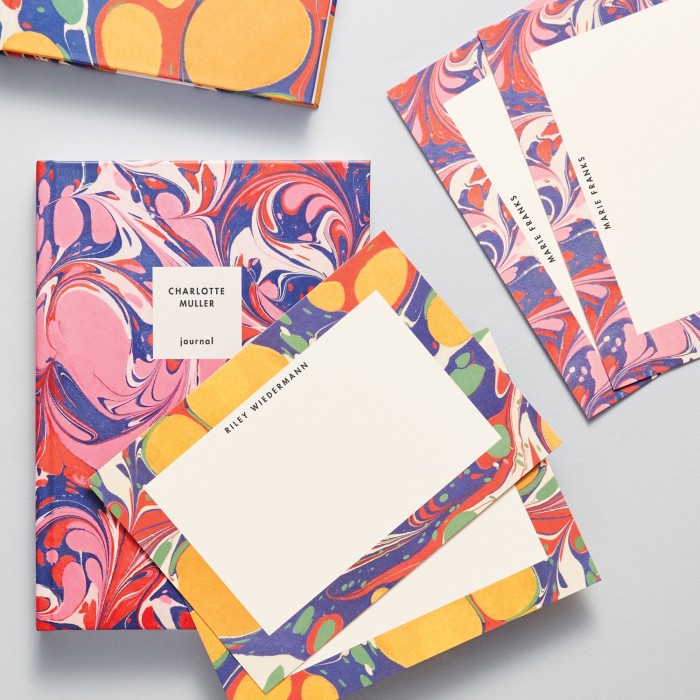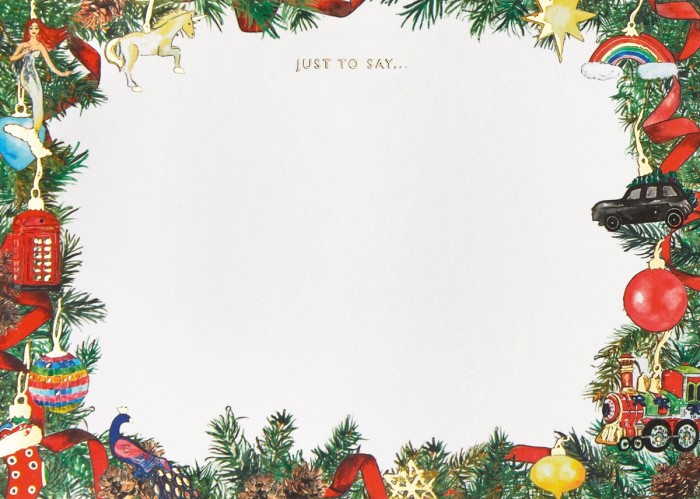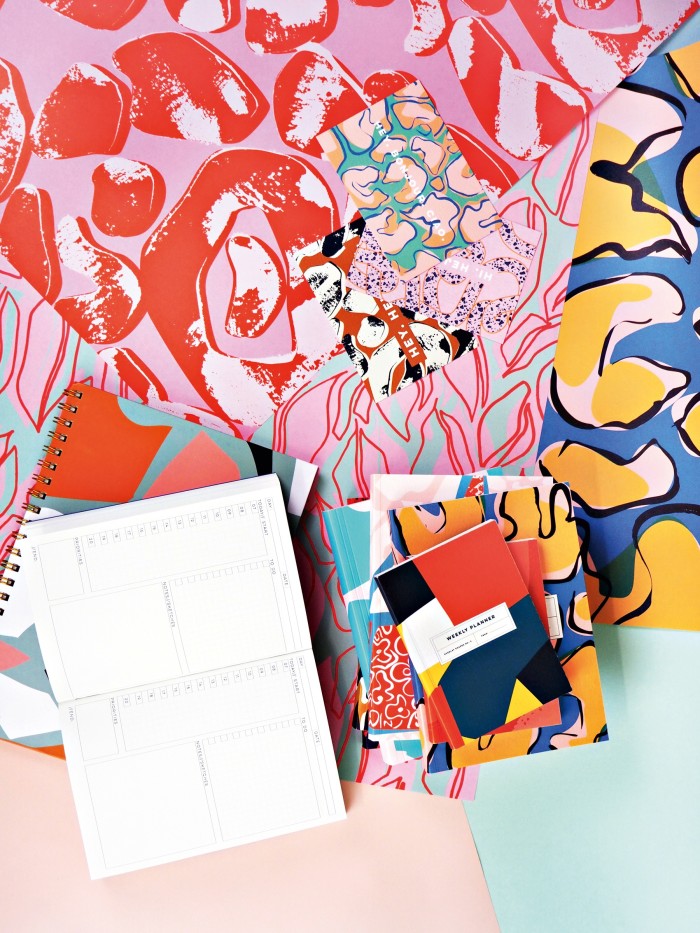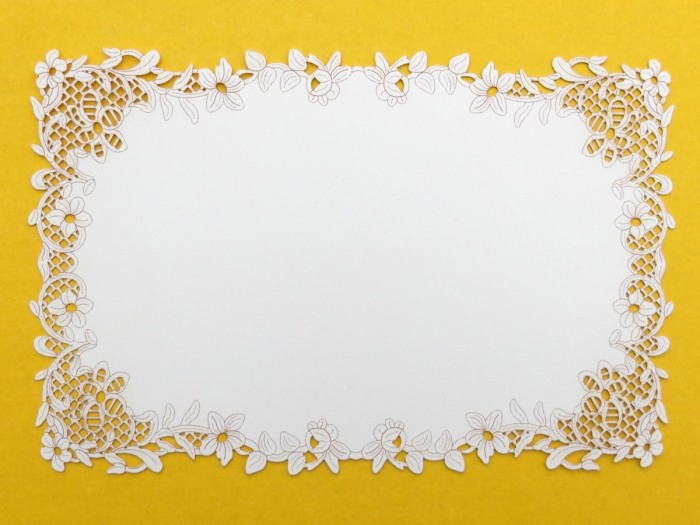Thank you, next: the best luxury stationery

Roula Khalaf, Editor of the FT, selects her favourite stories in this weekly newsletter.
“Nothing feels better than pen on paper.” Many, I imagine, would beg to differ, but 31-year-old Taymoor Atighetchi stands by his soundbite. “Yes, I fundamentally believe that,” asserts the Cambridge art history graduate, who founded stationery startup Papier in 2015.
“Our mission is to dream up and deliver design-led paper products,” adds Atighetchi, who counts the V&A, fashion brand Mother of Pearl, interiors wunderkind Matilda Goad and Gucci-endorsed illustrator Fee Greening among his collaborators. Papier’s approach is fun and fast – with monogrammed writing sets, cocktail party invites and foil-embossed notebooks and cards delivered within five days. Its paper is sustainably sourced, the majority of it from Mohawk, a paper maker founded in 1931 in New York state that uses sustainable pulp and runs its mills with wind power. It has struck a chord: Papier has quadrupled in size over the past two years, launched a US operation that is growing at more than 40 per cent a month and recently secured $11m in extra investment.

Atighetchi is, of course, entering a business with a rich history. Pineider was founded in Florence in 1774; Smythson opened its first boutique on Bond Street in 1887; Armorial, the elegant Parisian papeterie, launched three years later; and Mrs John L Strong began “handcrafting the finest stationery of the highest quality for discerning customers” from her sister’s trousseau shop on the Upper East Side, New York, in 1929. Imprimerie du Marais, founded in 1971, turns out glitter screen prints for Dior, gold-foiled messages on seed-infused handmade paper for Stella McCartney, and minimal white-on-white embossed letterheads for Maison Margiela, using techniques from a traditional Heidelberg press to a high-tech UV litho machine.

The appeal of such stalwarts is not lost on Atighetchi, who had bespoke stationery created by a local engraver while at university. But Papier is tapping into a new market: the #stationeryaddict who is eschewing Google Calendar for the more Instagram-appealing pencil and planner. “More than half of our customers are aged 25 to 35,” he says. “They’re millennials who have grown up with digital technology but are choosing to engage with analogue means of communication. As the number of WhatsApps and texts we receive has grown, so has the value of letter-writing and note-taking.”

A growing band of designers and makers are setting up shop – with a broad stroke of aesthetics. London duo Tuppence Collective creates botanical designs inspired by William Morris and Wes Anderson; The Completist’s exuberant, abstract style has led to commissions for establishments such as The Hoxton hotel; Scribble and Daub’s whimsical illustrations have been called upon by Hermès and chef Skye McAlpine; in LA, both Swell Press and Sugar Paper specialise in letterpress printing. The latter’s classically elegant writing sets, note cards and invitations – mostly monochrome, with flashes of gold – attract an A-list clientele. “The awards season is a busy time,” says its co-founder Chelsea Shukov. “Reese Witherspoon, Gwyneth Paltrow and Jennifer Garner have all commissioned bespoke designs.”

For an over-the-counter fix, notelet sets range from the joyful signature designs of Liberty and Christian Lacroix to chic box sets by New York brand L’Objet. Correspondence cards are popular too, edged with seasonal illustrations by Jo Laing or decorated with delicate punched lace designs by Choosing Keeping, while Leicestershire letterpress stationer Imogen Owen and Florida design outfit Rifle Paper Co add personalisation to their online offerings.

One word that reappears in reference to the growing appeal of letter-writing and note-taking is “therapeutic”. Alice Gabb uses it to describe her brand of modern calligraphy, which she has employed to create a window display for Jo Malone and wedding invitations that fold up into paper boats. She’s also teaching her skills. “Normally my classes are 99 per cent female, but when I run workshops at Facebook for The Analog Lab, which I do once a month, I get a whole spectrum, including lots of male software engineers,” she says. “People get lost in it; it requires a level of focus that is very relaxing.”

At Papier, about 90 per cent of the clients are women, but Amy Cooper-Wright launched Mark+Fold in 2015 with a product that has unisex appeal: the notebook. “I wanted to create something grown-up and stylish: the Margaret Howell of notebooks,” says the former book designer, whose minimal aesthetic has seen her work with Connolly, Bamford and Another Country. “We’ve decided to do just one thing -– and do it really damn well.” This means ultra-fine papers (plain, lined and grid-dot) that are celebrated by fountain-pen enthusiasts; section-sewn binding done in Belgium using cold glue –“essential to ensure the book opens completely flat and doesn’t make that creaking noise when you open it” – and notebook covers crafted in collaboration with Doe Leather in Walsall. All – including a special-edition 2020 diary with a graphic, fluorescent hot-foiled cover – are created in small batches and numbered accordingly.

Like Atighetchi, Cooper-Wright believes people think more about the notes they take when they write them down as opposed to typing them out. “Writing on this beautiful paper gives your words a sense of purpose,” she says. “A cheap notebook is still a tree. It’s not a throwaway thing. If you’re writing rubbish, do it on your laptop.”
Comments